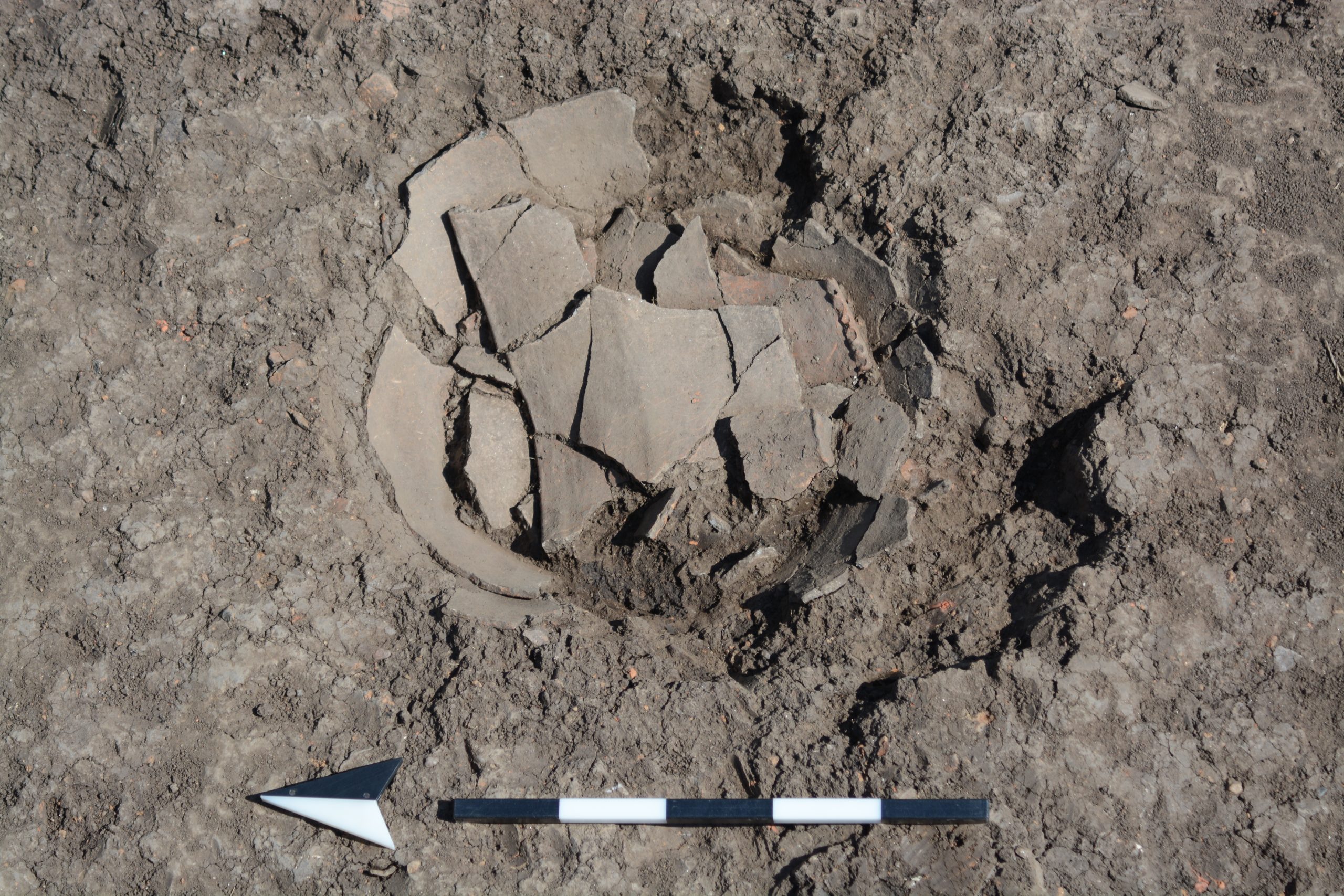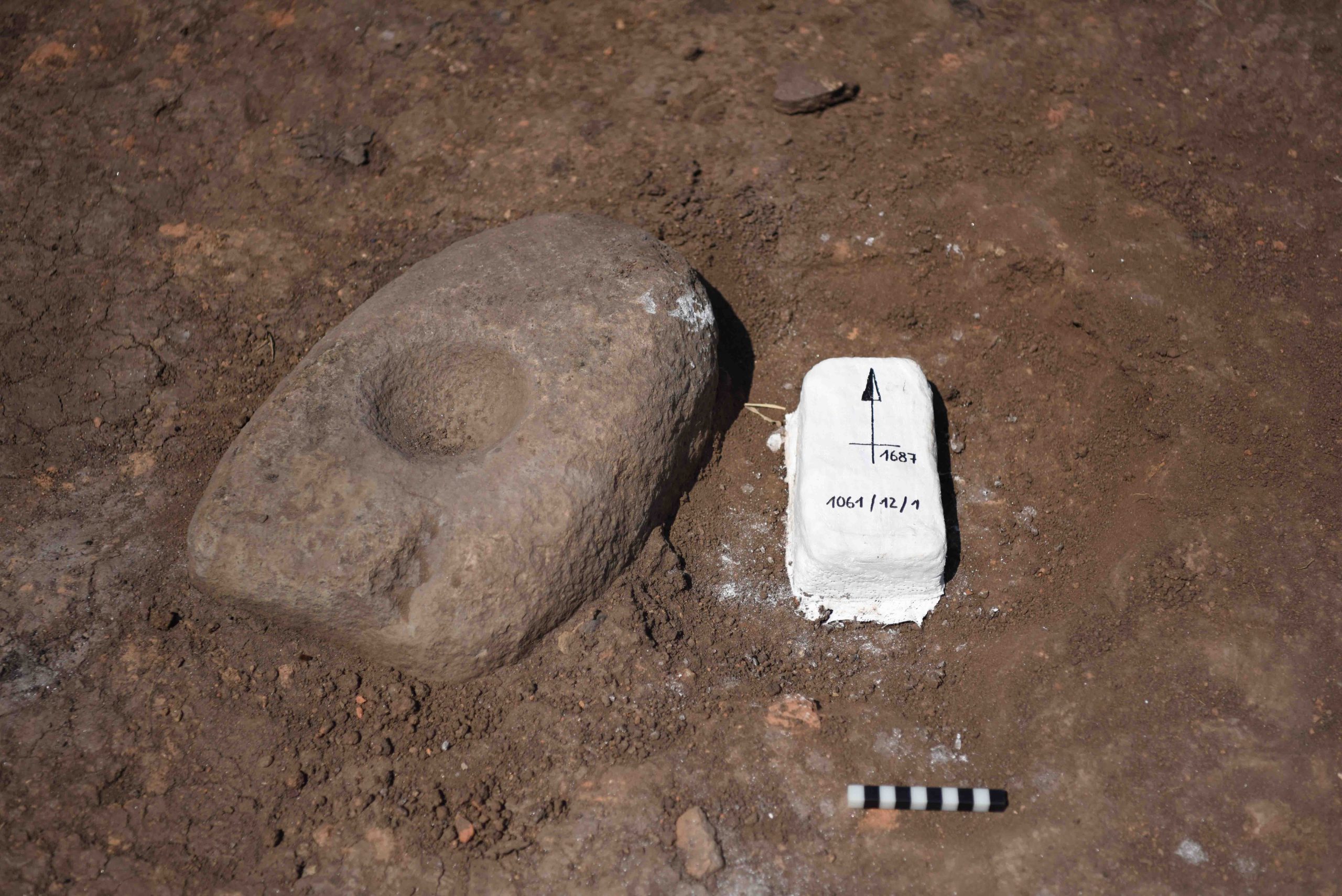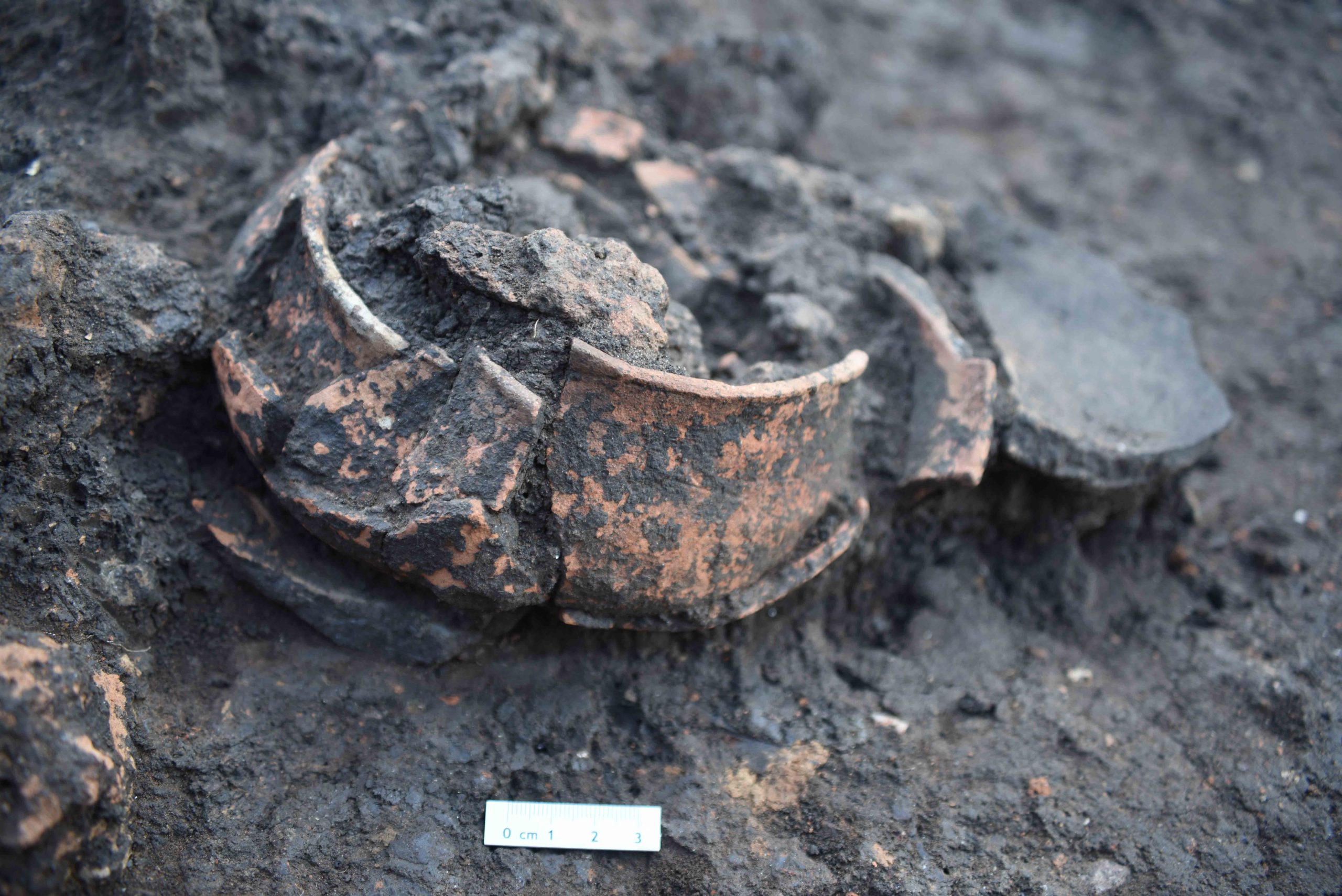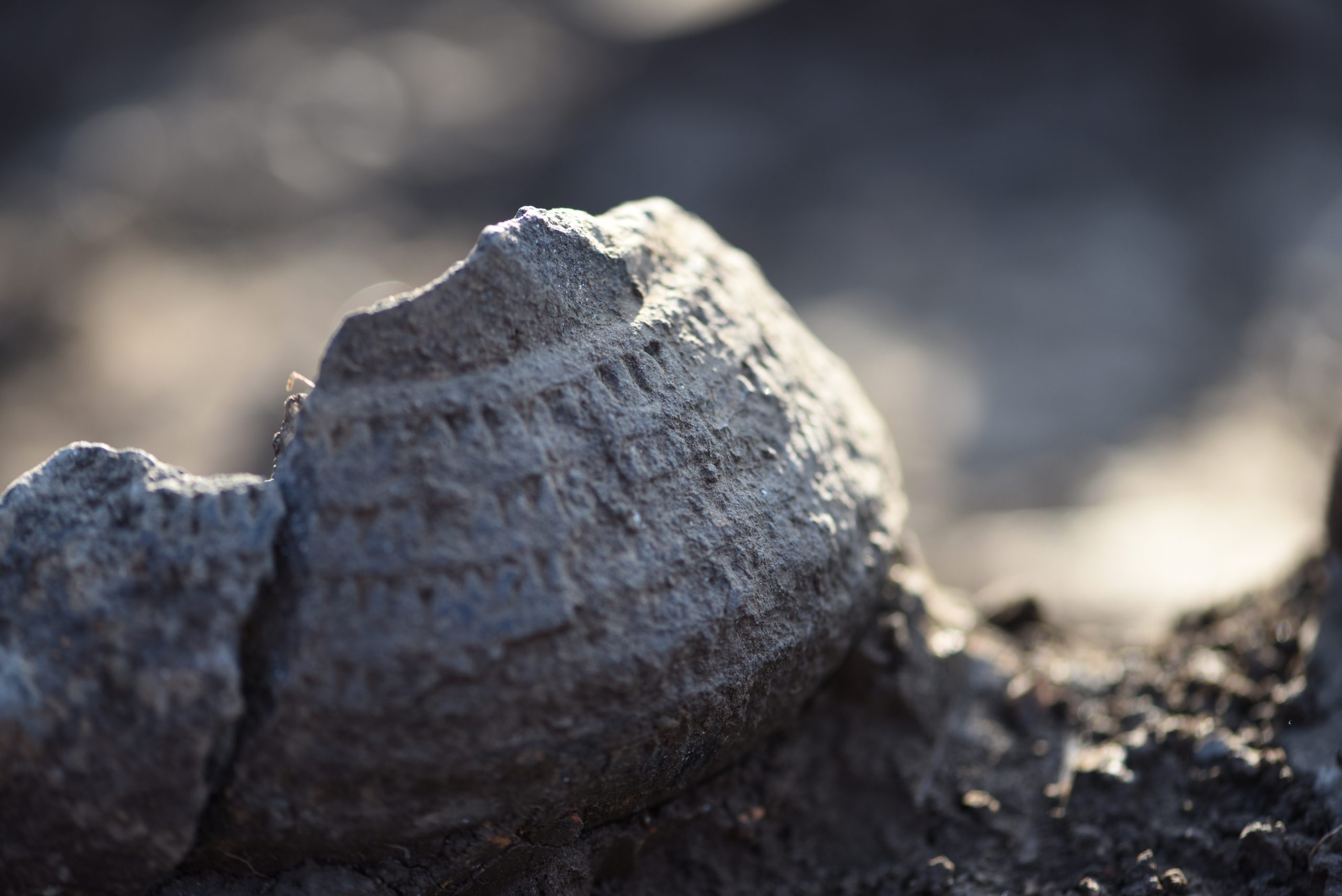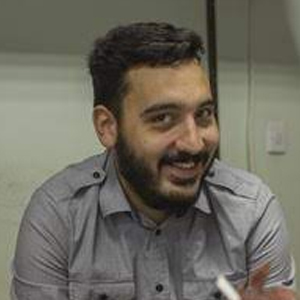NEOTECH (Neolithic Technological Trajectories in the Balkans)
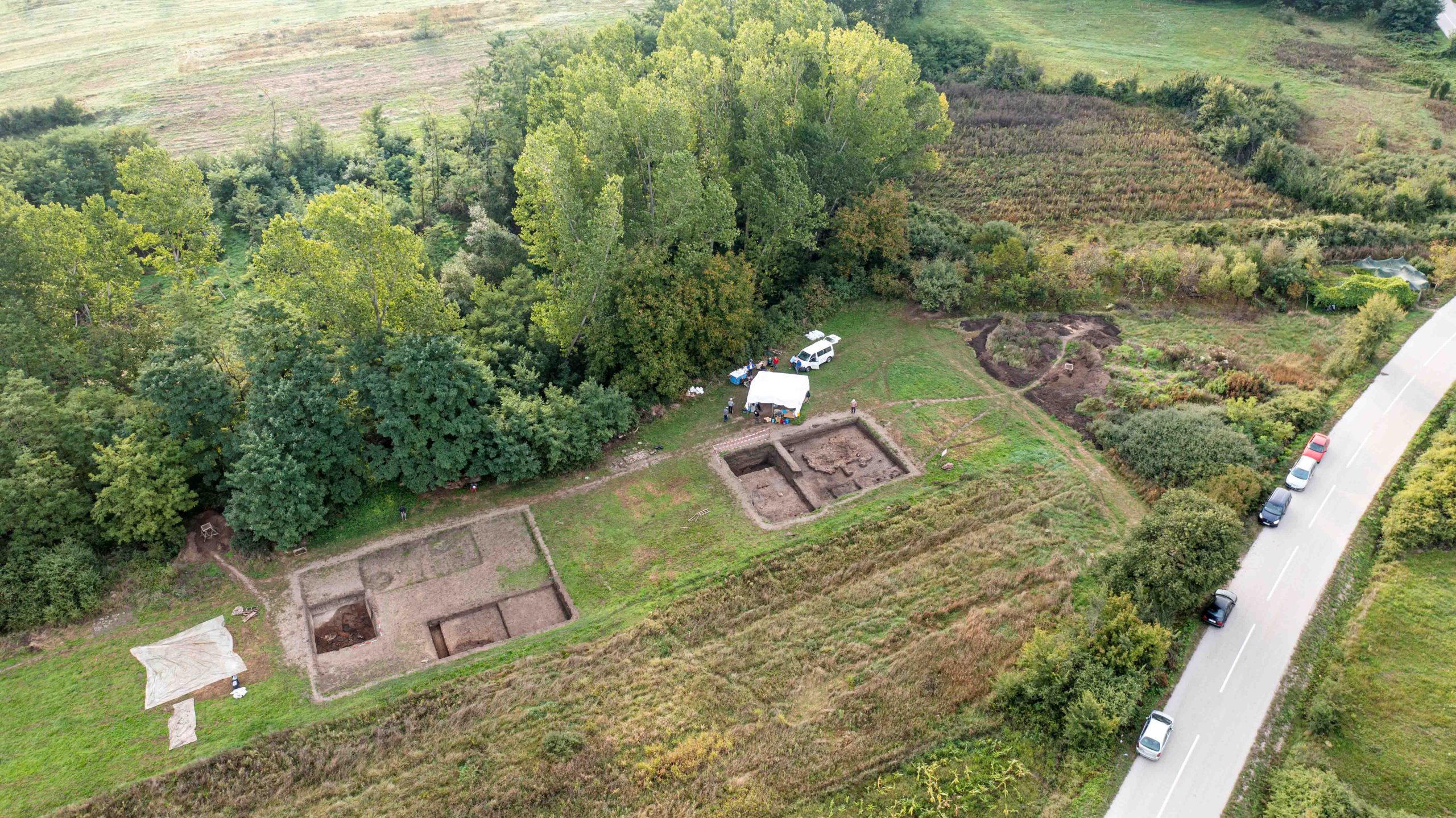
Project directors:
Dr Aleksandar Bulatović, Institute of Archaeology, Belgrade
Dr Barbara Horejš, Austrian Archaeological Institute, Vienna
Team:
Ognjen Mladenovic,
Michael Brandl,
Bogdana Milić,
Clare Burke,
Dragana FIlipović,
Jelena Bulatović,
Cornelius Meyer,
Stefan Schneider,
Laura Dietrich,
Lyndelle Webster,
Vladimir Stevanovic,
Mario Börner,
David Blattner,
Felix Ostmann,
Nora Schinnerl,
Dragana Perovanović.
Institutions involved in the research process:
Institute of Archaeology, Belgrade
Austrian Archaeological Institute, Vienna
Leskovac National Museum, Leskovac
NEOTECH (Neolithic Technological Trajectories in the Balkans)
The site of Svinjarička čuka rests on a gentle slope situated on the right terrace of the Svinjarička river, not far from Lebane. Systematic survey of prehistoric sites in the area of Pusta Reka, followed by geophysical prospecting, paleoarchaeological drilling, and the collection of stratigraphic data, along with the first absolute dates, were conducted in 2017. Based on the results of the aforementioned research, the site of Svinjarička čuka was recognized as having high potential for systematic archaeological research, which commenced in full capacity the following year, in 2018, and has continued uninterrupted to this day. Over the course of three research campaigns, as well as three campaigns focused on processing and digitizing mobile archaeological finds, the vertical stratigraphy of the site was established, revealing cultural layers from the the Early Neolithic, the Late Eneolithic, several phases of the Bronze Age, and the Iron Age and mediaeval period.
An international team of experts from Serbia, Austria, Germany, and Great Britain, together with numerous collaborators from both domestic and international locations, are dedicatedly engaged in researching the site, employing the latest methodological principles and standards. Previous research has yielded a significant amount of data on the remains of prehistoric community settlements at this site, including remnants of residential buildings and burials of various purposes. Residential spaces from the Early Neolithic and Late Bronze Age periods, as well as settlements from the Late Eneolithic, Early and Middle Bronze Age, and Early Iron Age periods, bear witness to the pronounced continuity of settlement in this area. A multidisciplinary approach to research, regarded as one of the most important aspects of the project, encompasses studies of ceramics, analyses of manufacturing technology and the origins of objects made of cut and polished stone, archaeozoological, palaeobotanical, and anthropological analyses, examinations of soil micromorphology and anthropogenic layering, ancient DNA analyses, as well as systematic sample collection for radiocarbon dating.
Сарадници
Одабрана библиографија:
Mladenović, O., Horejs, B., Bulatović, A. and Milić, B. 2021. Arheološka istraživanja na lokalitetu Svinjarička Čuka u 2018. i 2019. godini, u: S. Vitezović, M. Radišić, Đ. Obradović (ur.), Arheologija u Srbiji, Projekti Arheološkog instituta u 2019. godini, Beograd, Arheološki institute: 43– 49.
Bulatović, A., Molloy, B., and Filipović, V. 2021.The Balkan-Aegean migrations revisited: Changes in material culture and settlement patterns in the Late Bronze Age Central Balkans in light of new data. Старинар н.с. LXXI: 9-53.
Bulatović A. 2020, The Rising of Copper Age Central Places, in: B. Horejs, M. Gavranović (eds.), Visualizing the Unknown Balkans, Vienna, Institute for Oriental and European Archaeology, Austrian Academy of Sciences: 33-43.
Horejs, B., Brandl, M., Milić, B. and Burke, C. 2020. First farmers and herders in south Serbia, in: B. Horejs, M. Gavranović (eds.), Visualizing the Unknown Balkans, Vienna, Institute for Oriental and European Archaeology, Austrian Academy of Sciences: 16-31.
Horejs, B., Bulatović, A., Bulatović J., Brandl M., Burke C., Filipović D. and Milić B. 2019. New Insights into the Later Stage of the Neolithisation Process of the Central Balkans. First Excavations at Svinjarička Čuka 2018. Archaeologia Austriaca 103: 175-226.
Хорејш, Б. и Булатовић, А. 2019. Први резултати археолошких истраживања локалитета Свињаричка чука код Лебана. Лесковачки зборник LIX: 45-54.
Horejs, B., Bulatović, A., Milić, B. and Mladenović, O. 2019. Austrijsko-srpski projekat Praistorijski pejzaži u regionu Puste reke (Leskovac) – istraživanja 2017. godine, u: I. Bugarski, V. Filipović, N. Gavrilović-Vitas (ur.), Arheologija u Srbiji, Projekti Arheološkog instituta u 2017. Godini, Beograd, Arheološki institut: 169-172.
Brandl, M. and Hauzenberger, C. 2018. Geochemical sourcing of lithic raw materials from secondary deposits in south Serbia: Implications for early Neolithic resource management strategies. Archaeologia Austriaca 102: 55-70.Horejs, B., Bulatović, A, Meyer, C., Milić, B., Schneider, S., Schlöffel, M. and Stevanović, V. 2018. Prehistoric landscapes of the Pusta Reka river (Leskovac), new investigations along the Southern Morava river. Гласник Српског археолошког друштва 34: 23-51.
https://www.oeaw.ac.at/en/oeai/forschung/praehistorie-wana-archaeologie/prehistoric-phenomena/pusta-reka-research-neotech-project


